The universe is a vast and mysterious place, filled with numerous celestial bodies, among which planets are some of the most fascinating.
**Mercury** is the closest planet to the sun. It has an orbital period of 88 Earth days. Due to its proximity to the sun, Mercury experiences extremely high surface temperatures during the day, which can reach up to 427°C, while at night the temperature can plummet to -173°C because it has no atmosphere to retain heat.
**Venus** is the second planet from the sun. It has an orbital period of 224.7 Earth days. Venus is often called Earth's sister planet because it is similar in size, mass, and composition to Earth. However, its surface temperature is extremely high, reaching 462°C, which makes it the hottest planet in the solar system. This high temperature is due to its thick atmosphere.
**Earth** is our home planet and the only known planet in the solar system to harbor life. It has an orbital period of 365 days. Earth's surface temperature is suitable for life to thrive thanks to the presence of water and an atmosphere.
**Mars** is the fourth planet from the sun, known as the "Red Planet." It has an orbital period of 687 Earth days. Mars appears red because its surface is covered with a large amount of iron oxide. Mars is a prime target for human exploration in the future due to the possibility of finding signs of past or present life.
**Jupiter** is the largest planet in the solar system. Its volume is so large that it can accommodate all the other planets combined. It has an orbital period of 12 years. Jupiter's atmosphere is mainly composed of hydrogen and helium. It also has numerous satellites, with Io and Europa being among the most famous ones.
**Saturn** is the second - largest planet. It has an orbital period of 29 years. Saturn is well - known for its beautiful ring structure, which is mainly made up of ice particles, rock, and dust. It also has several satellites, with Titan being one of the most notable.
**Uranus** is one of the outer planets. It has an orbital period of 84 years. Uranus has a very unique - shaped axis of rotation, almost sideways. Its atmosphere mainly consists of hydrogen and helium, with some methane, which gives it a light - blue color.
**Neptune** is the farthest known planet from the sun. It has an orbital period of 165 years. Neptune has a very obvious atmosphere and storm systems, one of the most famous being the "Great Dark Spot." It also has various satellites, with Triton being one of them.
It's important to note that Pluto was once considered the ninth planet in the solar system. However, due to its small mass and abnormal orbit, the International Astronomical Union reclassified it as a "dwarf planet" in 2006.
These planets, each with its own unique features, make the solar system a fascinating place to explore and study.

By /May 21, 2025

By /May 21, 2025
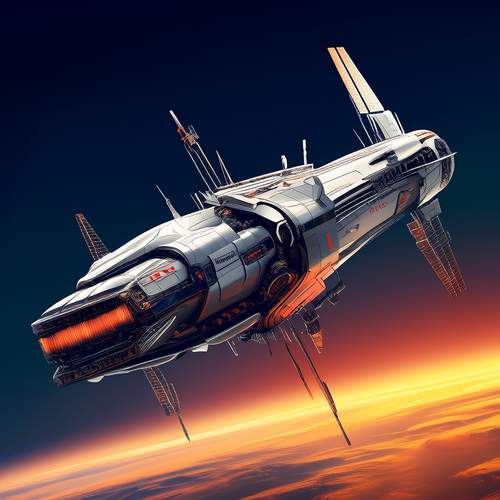
By Natalie Campbell/May 21, 2025
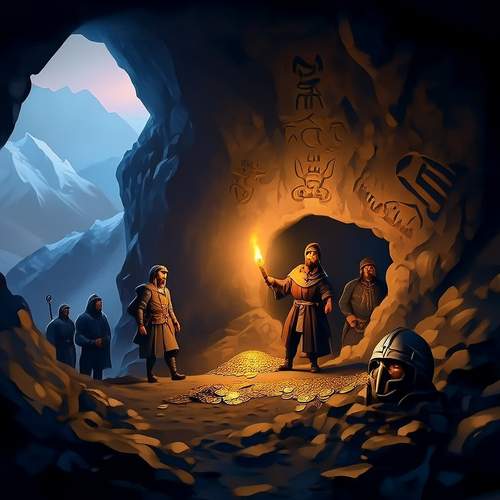
By Victoria Gonzalez/May 21, 2025

By Noah Bell/May 21, 2025
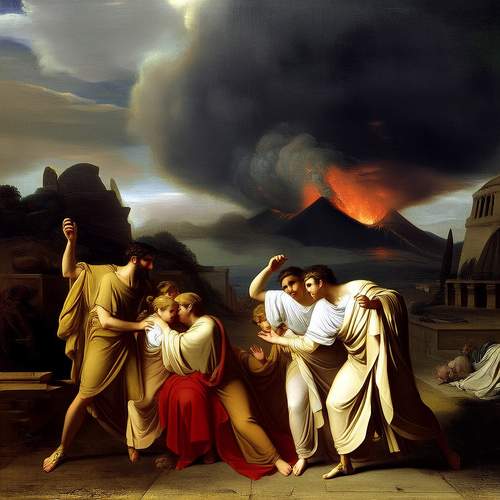
By Joshua Howard/May 21, 2025
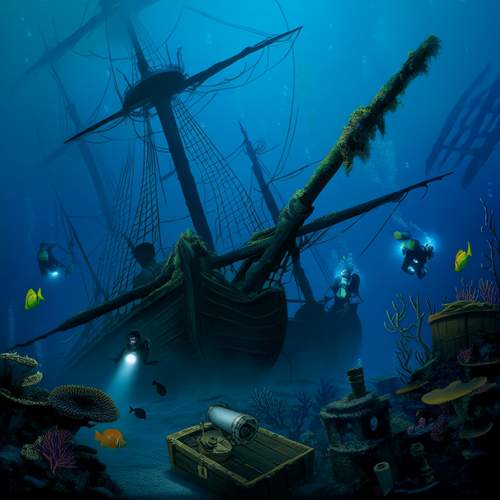
By Olivia Reed/May 21, 2025

By David Anderson/May 21, 2025

By Victoria Gonzalez/May 21, 2025
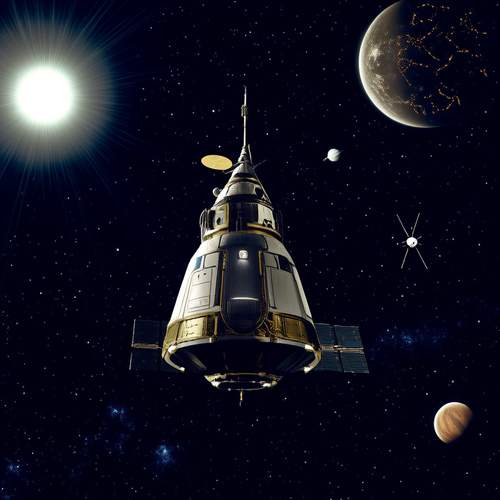
By Sophia Lewis/May 21, 2025

By Daniel Scott/May 21, 2025
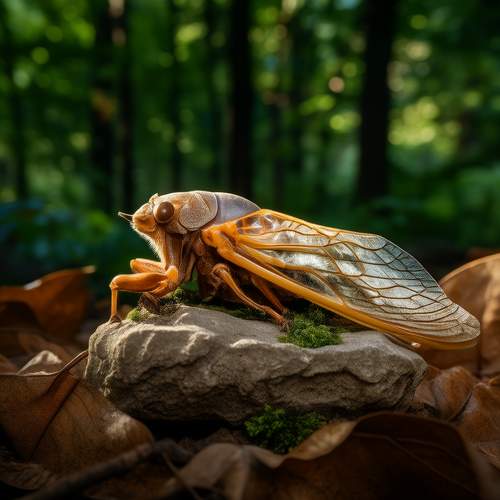
By Jessica Lee/May 21, 2025
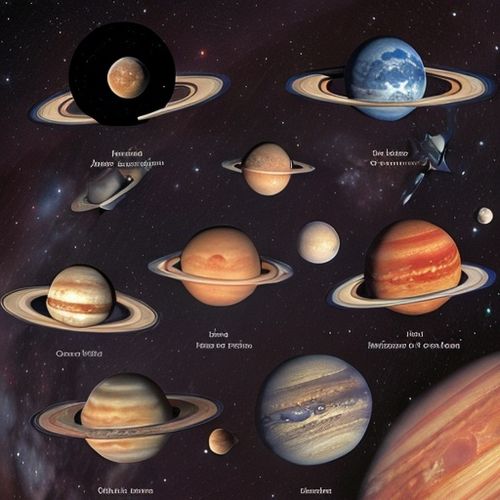
By Jessica Lee/Dec 22, 2024
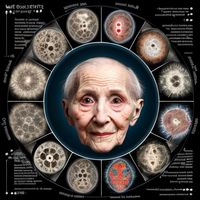
By Emily Johnson/Dec 22, 2024
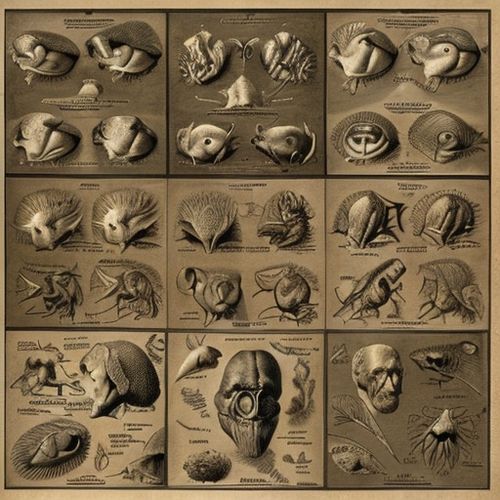
By Elizabeth Taylor/Dec 22, 2024
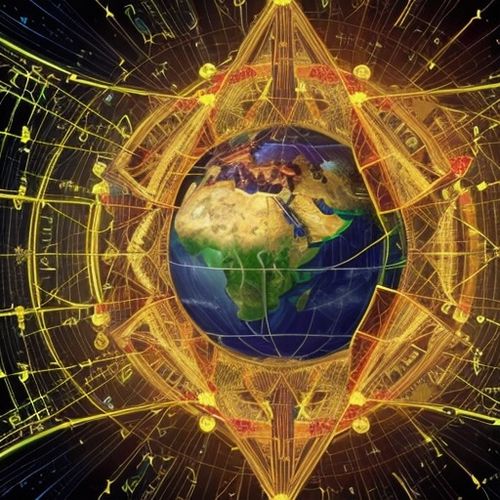
By Benjamin Evans/Dec 22, 2024
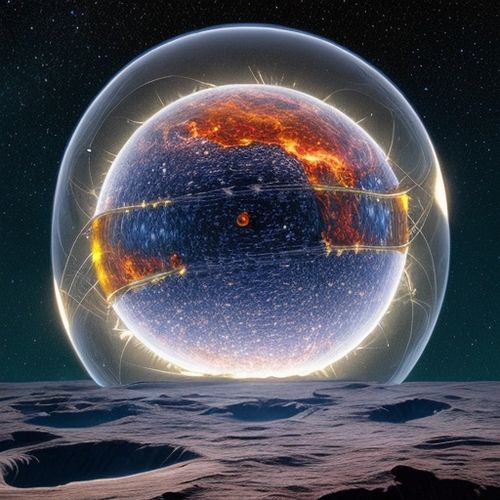
By Elizabeth Taylor/Dec 22, 2024